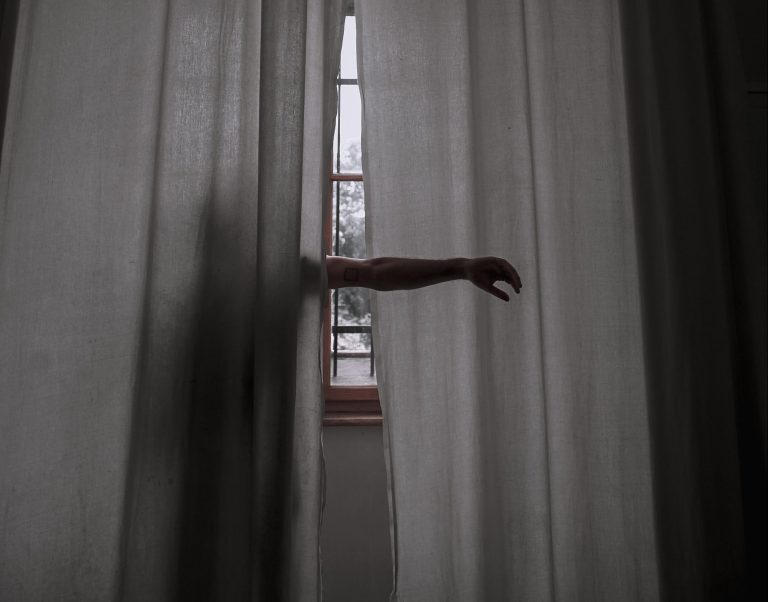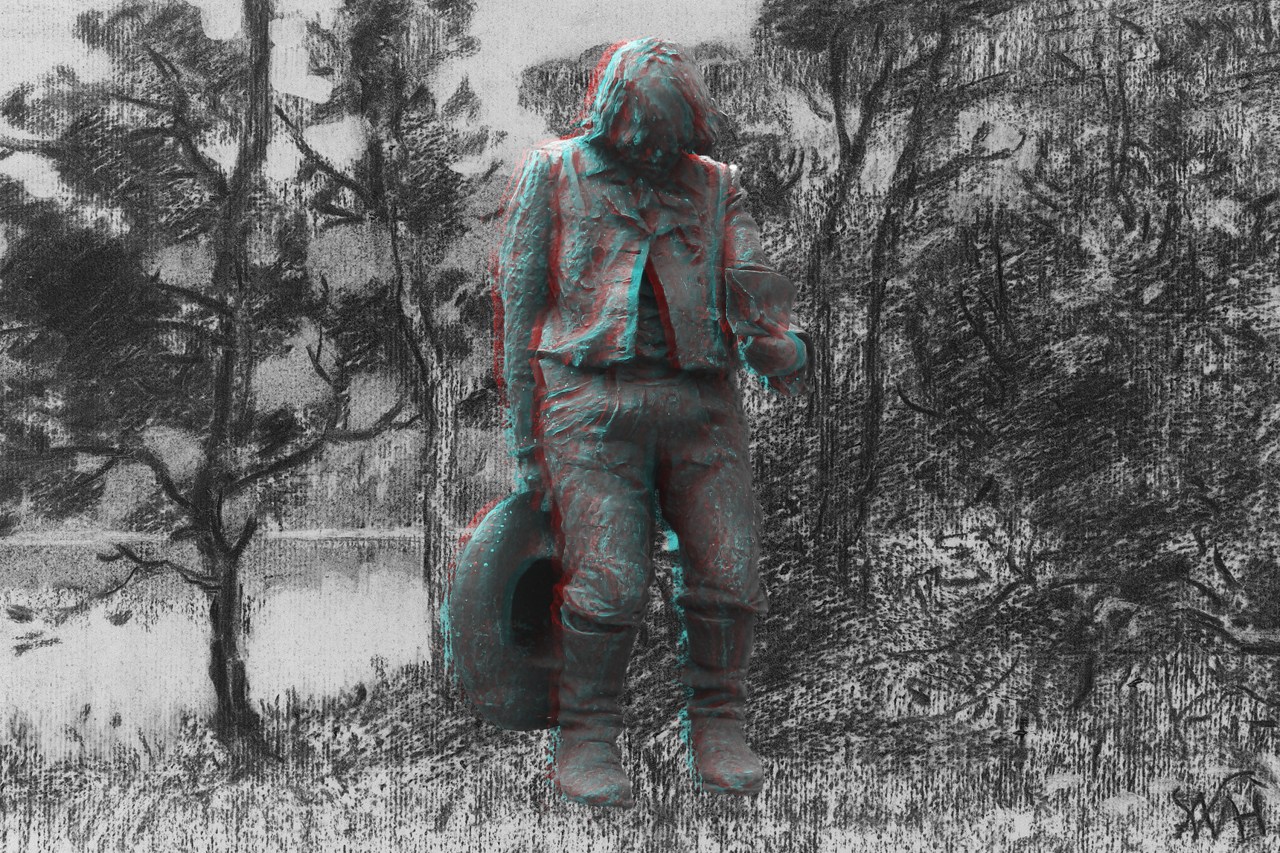
Kaspar Hauser: 11 Weird Facts About The Odd Boy Who Became Europe’s Biggest Unsolved Mystery Of The 1800s
The epitaph on his tombstone reads, “Here lies Kaspar Hauser, riddle of his time. His birth was unknown, his death mysterious.” Was he one of history’s greatest pranksters, or was he the victim of a tragic royal scandal?
The strange mystery of Kaspar Hauser.
1. No One Knows Why Or How This Strange Teenage Boy Suddenly Appeared In Nuremberg’s Town Square One Day
On the afternoon of May 26, 1828, a boy who looked to be in his in mid-teens wearing tattered clothing and holes in his shoes stumbled into a town square in Nuremberg, Germany. Observers said that he walked strangely as if he had never walked before.
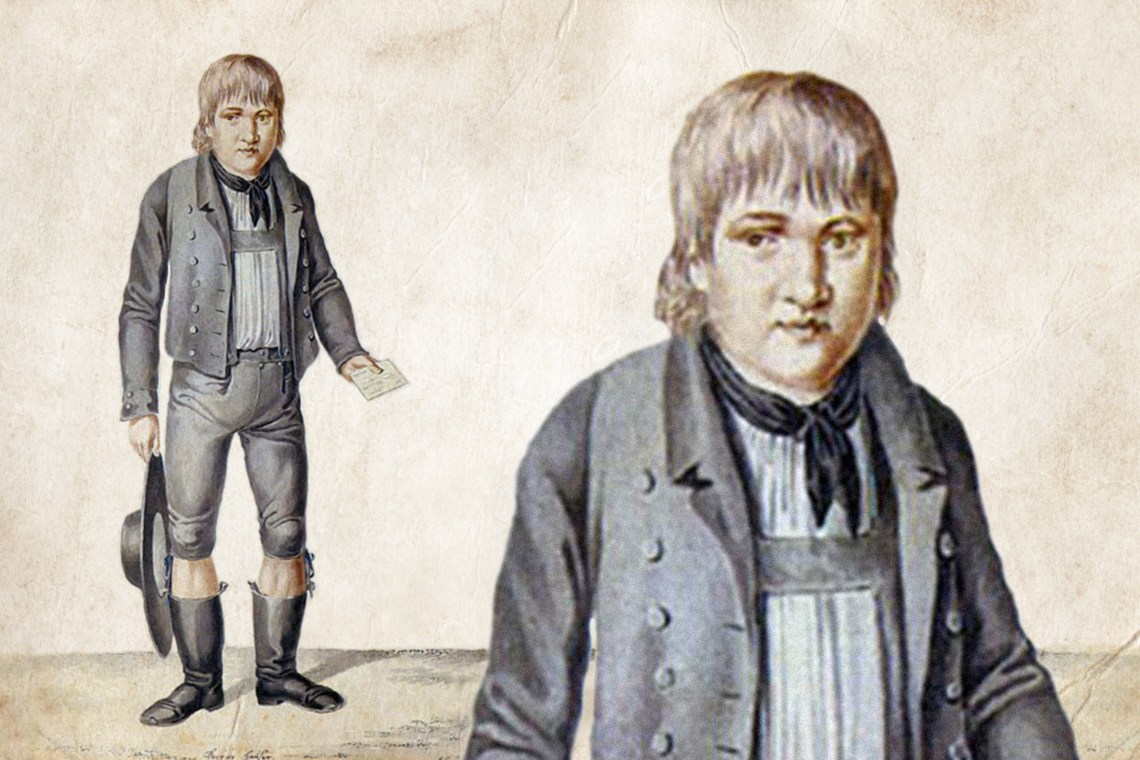
When a shoemaker approached him, the boy handed him two letters. One was addressed to a captain of the local cavalry. The other was allegedly written by a woman who was abandoning him, but both were in the same handwriting using the same ink and the same type of paper, leading some to suspect that the boy had written them both.
His behavior was so strange that many assumed he was a “feral child”—i.e., one who grew up in the wild alone or was even raised by wolves. He was placed in a local horse stable, where he peacefully fell asleep.
2. An Initial Exam Found He Knew Few Words But Could Sign His Own Name
When police questioned him, all he said was “don’t know” or “take me home.” When one policeman gave him a coin to play with he said “Horse! Horse!” But when they handed him a pen, ink, and paper, they were surprised to see that he wrote down a name very legibly—“Kaspar Hauser.” He was confined in a local jail, where, to the befuddlement of observers, he refused to eat or drink anything besides bread and water. Anything else would make him vomit.
3. His Jailer’s Son Taught Him How To Speak
The eleven-year-old son of this mystery boy’s jailer quickly became good friends with him and taught him how to speak German. Soon enough, he was speaking the language fluently, although in a foreign accent. He also quickly learned to write—publishing his autobiography only a year after arriving in town—and proved himself to be a talented illustrator.
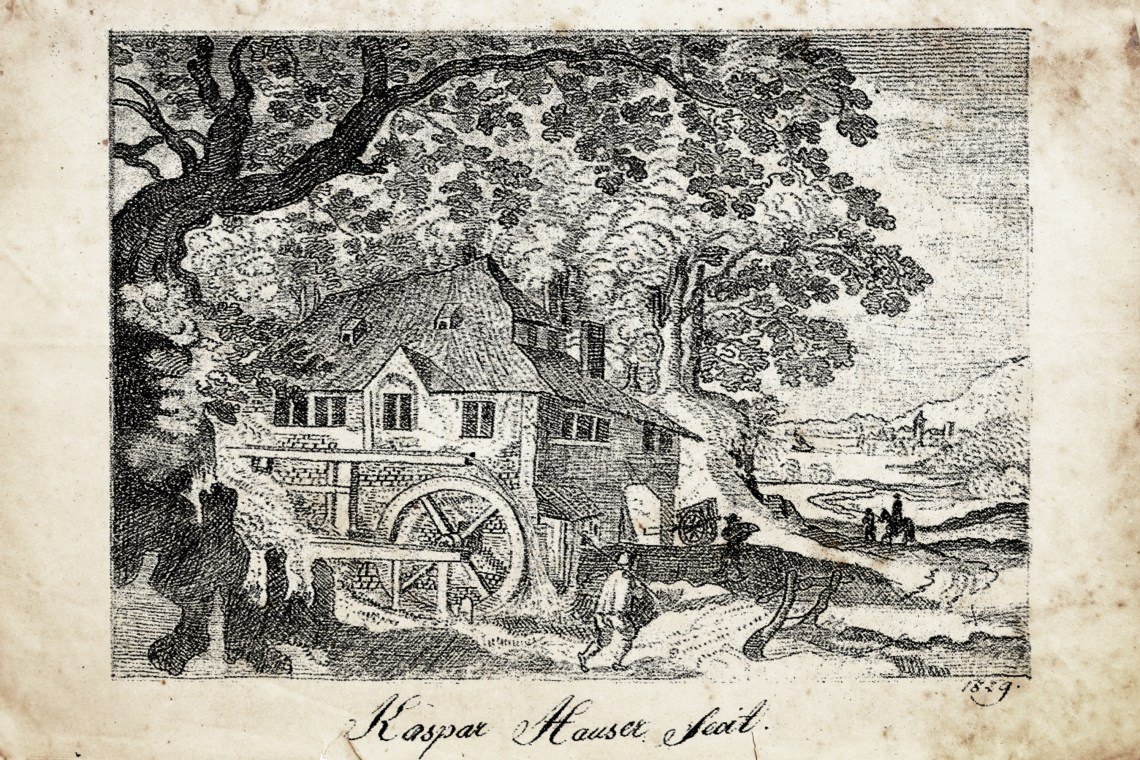
4. He Approached The World As If He’d Never Seen It Before
Hauser always acted kind and gentle and seemed greatly upset even if an insect was accidentally killed. He was delighted to see a lit candle but reached out and burned his hand on the flame. When looking into a mirror for the first time, he touched his own reflection and then turned around to find whoever he thought was looking at him in the mirror.
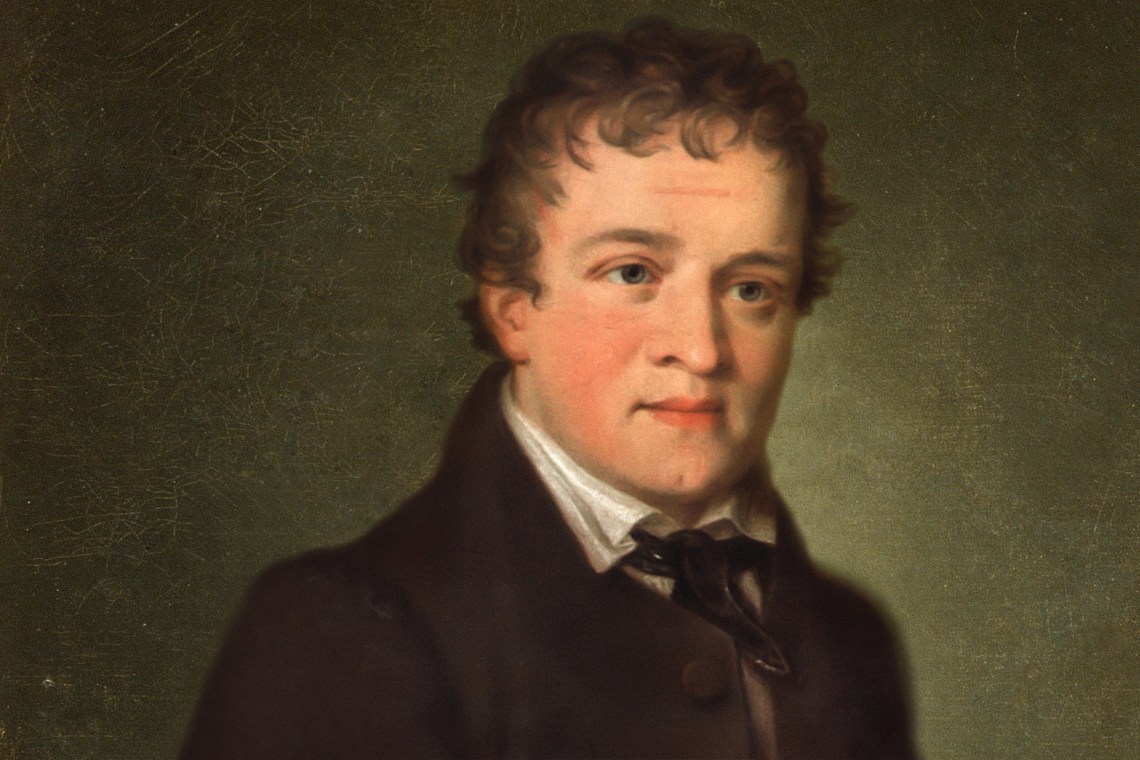
5. He Eventually Said He’d Been Imprisoned In A Tiny Cage For A Long Time.
In his autobiography, he wrote that an unnamed man—referred to only as “the man”—forced him to grow up in a small cage that was about six feet long, four feet wide, and five feet high. He never saw the sun and hardly ever saw any light. He slept on a straw bed and relieved himself in a bucket.
Every morning he’d awake to find a jug of water and a piece of bread by his side. On days when the water tasted bitter—which presumably meant it was laced with opium—he would quickly fall asleep, only to awaken and find that his nails had been cut and his hair trimmed.
He wrote that one day, “the man” woke him up and told him they were going to Nuremberg.
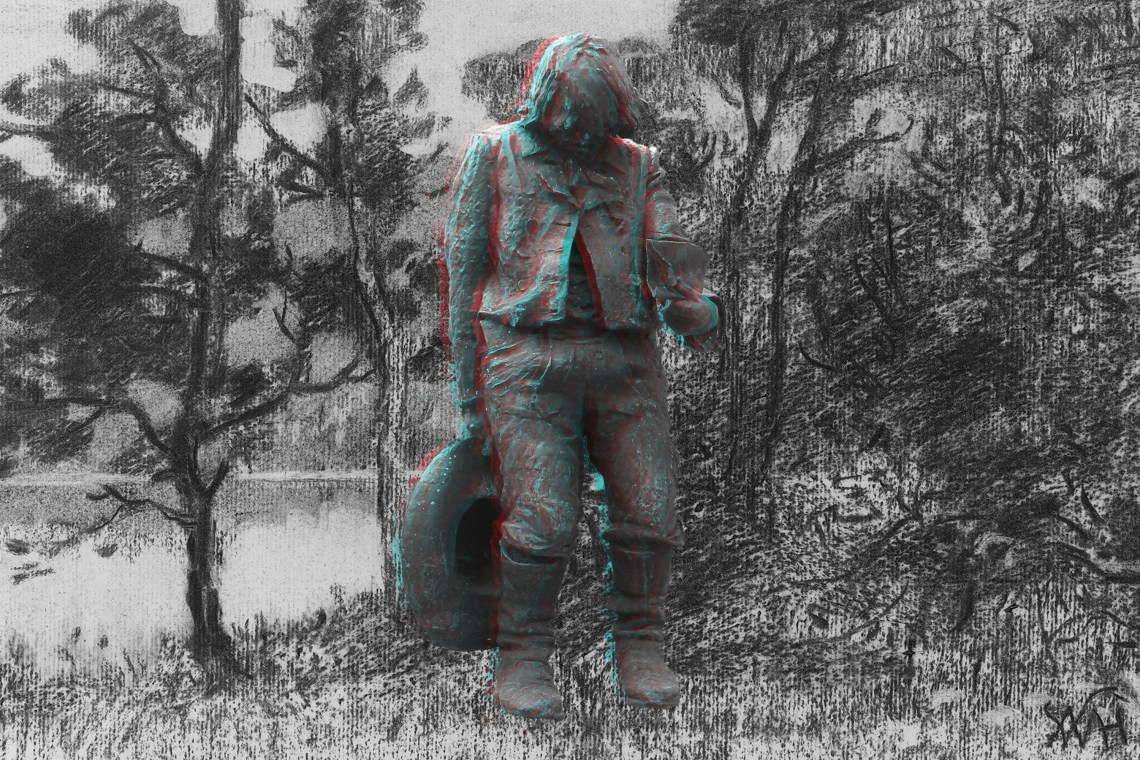
6. He Was Able To See, And Even Read, In The Dark
Presumably due to his deprived upbringing, he developed an amazing sense of sight. He was able to spot and identify entire constellations in the sky. He could also read in total darkness and identify colors in total darkness. His hearing was so sharp that he could hear what was being said even if someone whispered from across the room.
7. Due To His Prior Isolation, He Was Extremely Sensitive To Some Things.
Loud sounds induced convulsions in young Kaspar. Bright light caused him to howl in pain. The smells of coffee or alcohol would cause him to vomit, although he reportedly would get drunk merely by smelling wine. His sense of smell was so strong that he could identify people in the dark merely by their scent.
https://www.youtube.com/watch?v=1ZsLVExBFDE
8. He Was Unusually Sensitive To Electricity And Metals.
He reportedly would undergo intense pain during thunderstorms due to static electricity. He was also able to identify metals that were hidden beneath a cloth merely by holding his hand over the cloth and identifying how the metals “pulled” at his fingertips. He felt that magnets, depending on which polarity was pointed at him, were sucking air out of his body or blowing air onto his body.
9. After Becoming A European Celebrity, He Was Attacked With A Knife One Day.
Hauser’s bewildering origins and odd talents made him famous throughout Europe, and celebrities, dignitaries, and commoners from across the continent flocked to Nuremburg to get a glimpse of this wild child.
But on Sunday, October 17, 1829, while his guardian was out walking, Hauser said a man in black entered the house and attacked him with a butcher’s knife. The man was apparently aiming for the throat, but Hauser said he ducked and was slashed across his forehead. He said that judging by the attacker’s voice, it was the man who’d kept him imprisoned in a cage.
Or perhaps the “attacker” was Hauser himself. Several of the people who were assigned to be his caregiver reached the conclusion that Daumer a serial liar and perhaps a total fraud.

10. Was He Murdered, Or Did He Kill Himself?
In December of 1832, over four years after Hauser first arrived in Nuremberg, he staggered back to his residence and mumbled to his caregiver, “man…stabbed…knife…Hofgarten…gave purse…Go look quickly.” He said that he met a man in a snow-covered garden who handed him a document while stabbing him in the side. But even though his guardian did not deem the injury to be serious, Hauser was taking his final breaths. On his death bed, he reportedly gasped, “’Many cats are the death of the mouse….Tired, very tired, still have to take a long trip.”
The purse was found in the garden and it contained a wallet with a note that was written in mirror writing—i.e., backwards—that said, “Hauser will be able to tell you how I look, where I came from and who I am. To spare him from this task I will tell you myself. I am from…on the Bavarian border…My name is MLO.”
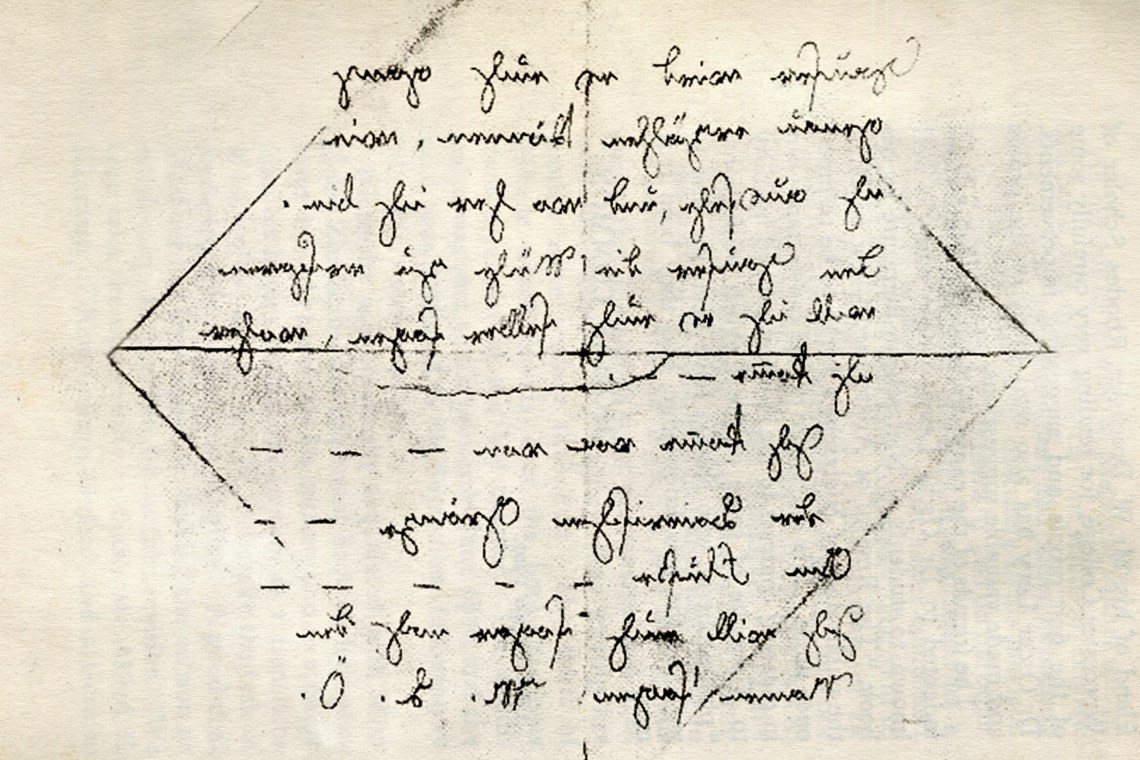
However, the document contained certain misspellings that Hauser himself was known to make, and the letter had been folded in a triangular manner that Hauser had been known to use.
Even more damningly, an inspection of the garden where Hauser was stabbed revealed only one set of footprints in the snow—Hauser’s.
He is buried in Nuremberg in a churchyard. The epitaph on his tombstone reads, “Here lies Kaspar Hauser, riddle of his time. His birth was unknown, his death mysterious.”
11. Was He A Complete Fraud Or A Pawn In A Royal Scheme?
Even while Hauser was alive, rumors circulated that he was somehow a relative of the Grand Duke Karl of Baden, whose wife wanted another of her sons to inherit the throne and therefore arranged for Kaspar’s cruel fate.

In 1996, forensic technicians examined bloodstains found on Hauser’s clothes and compared their DNA to that of living descendants of the Baden family. They concluded that there was no relation.
Then, in a startling turnaround to this intensely puzzling mystery, in 2002 it was revealed that the bloodstains originally tested were not taken from Hauser’s clothes. When new samples were taken from his hat and his hair, a DNA test revealed a 95% match with the Baden family.
So was he one of history’s greatest pranksters, or was he the victim of a tragic royal scandal? It seems as if we will never know.




